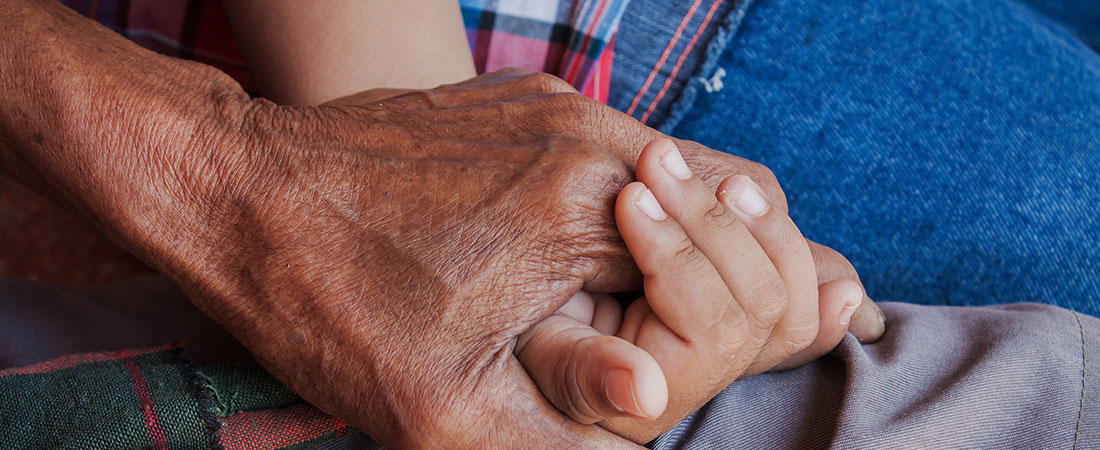A National Alliance to Prevent Suicide

Every suicide leaves behind grieving family, friends, coworkers, and others to wonder: “What could we have done differently to help?”
For more than a decade, EDC has worked to answer this question and save lives by participating in a national movement to treat suicide as a preventable public health problem. Last fall, leaders from both the private sector and the U.S. government took a major step forward by creating the National Action Alliance for Suicide Prevention.
The initiative was launched by Secretary of Health and Human Services Kathleen Sebelius and Secretary of Defense Robert Gates. Former U.S. Senator Gordon Smith of Oregon, who championed legislation to support youth suicide prevention after losing his son to suicide, will serve as the private-sector co-chair of the Action Alliance, along with the Honorable John McHugh, Secretary of the Army, as the public-sector co-chair.
EDC has been selected to serve as Secretariat for the Action Alliance and will provide infrastructure and coordination for all ongoing activities. The Action Alliance will focus on advancing those parts of the National Strategy for Suicide Prevention that require leverage and coordination at the national level.
“This is a huge breakthrough for suicide prevention,” says David Litts, director of science and policy for the Suicide Prevention Resource Center (SPRC) at EDC. “Suicide is a complex problem that is preventable through a multi-faceted, public health approach.” SPRC is operated by EDC and funded by the Substance Abuse and Mental Health Services Administration (SAMHSA).
The suicide rate for American youths—the population on which most attention has been focused—has been declining for over a decade now. Unfortunately, suicide is on the rise for other segments of the U.S. population. The Action Alliance is forming task forces to find solutions to help the most at-risk groups, including American Indian/Alaska Natives; lesbian, gay, bisexual, or transgender (LGBT) youth; and military service members and veterans. Other groups of concern include Latina youths, older adults, individuals with disabilities, people who have survived suicide attempts and survivors of suicide loss, and working-aged men and women. Additional task forces will look at ways to improve how data on suicidal behaviors are collected and made available to support prevention.
Litts is enthusiastic about forging ahead with Action Alliance leadership, staff, and partners to take action that will be life-saving. “EDC is at the very heart of this movement, with staff who are recognized as national and international leaders in suicide prevention,” he says.